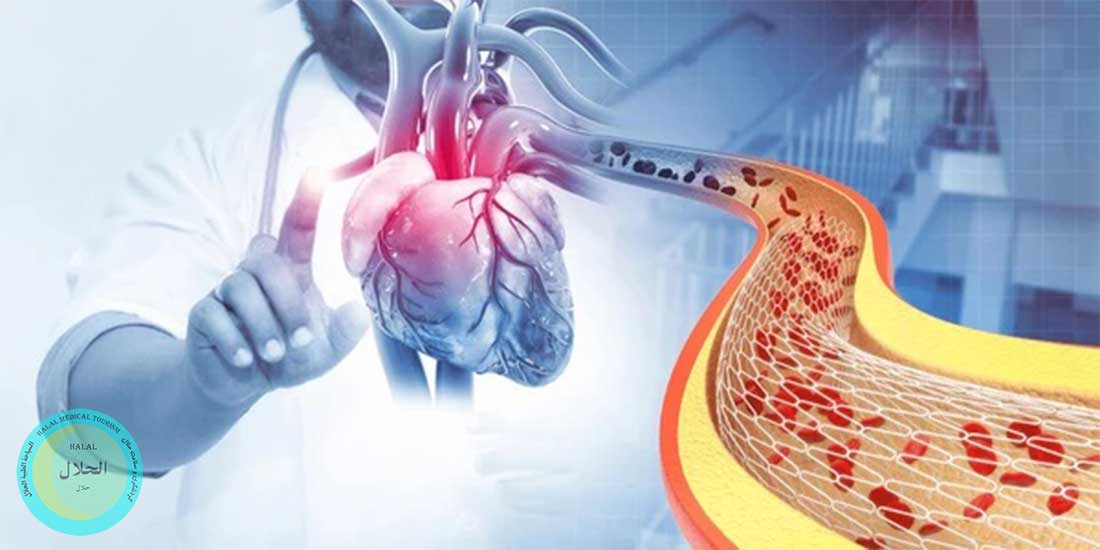Coronary Angioplasty

Coronary angioplasty, also known as percutaneous coronary intervention (PCI), is a medical procedure used to treat coronary artery disease (CAD). CAD occurs when the blood vessels that supply blood to the heart muscle become narrowed or blocked, usually due to the buildup of cholesterol and other substances on the inner walls of the arteries. This narrowing or blockage can lead to reduced blood flow to the heart, resulting in chest pain (angina) or, in severe cases, a heart attack.
Coronary angioplasty aims to improve blood flow to the heart by widening narrowed or blocked coronary arteries. The procedure typically involves the following steps:
Coronary angioplasty is a minimally invasive alternative to coronary artery bypass surgery (CABG) and is often performed as a scheduled procedure or in emergency situations, such as during a heart attack.
While coronary angioplasty is generally considered safe and effective, it may not be suitable for everyone. The decision to undergo angioplasty depends on various factors, including the severity and location of the blockages, the patient’s overall health, and their medical history. As with any medical procedure, there are risks and benefits, and the decision should be made in consultation with a healthcare professional.